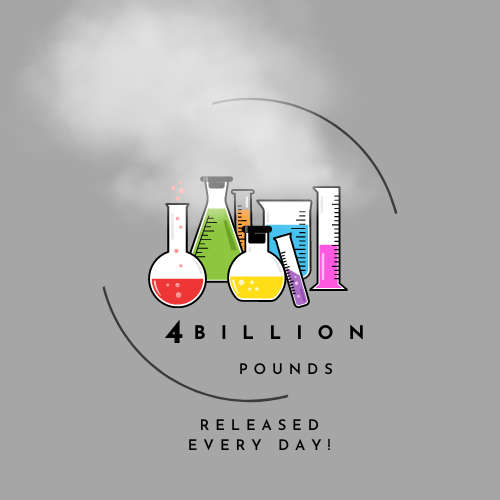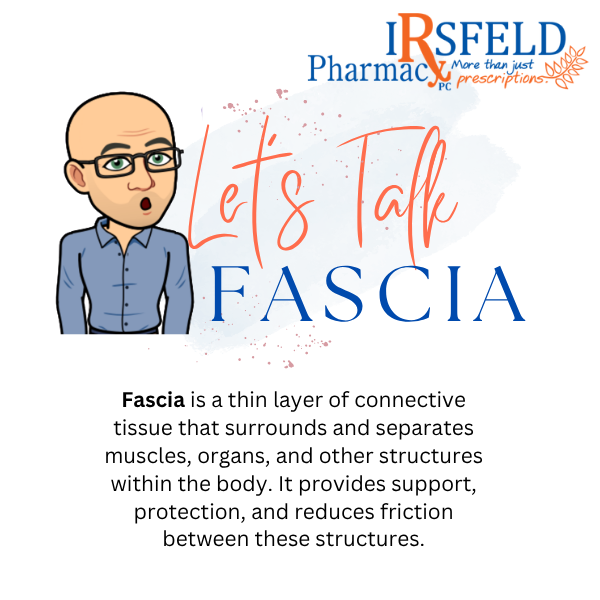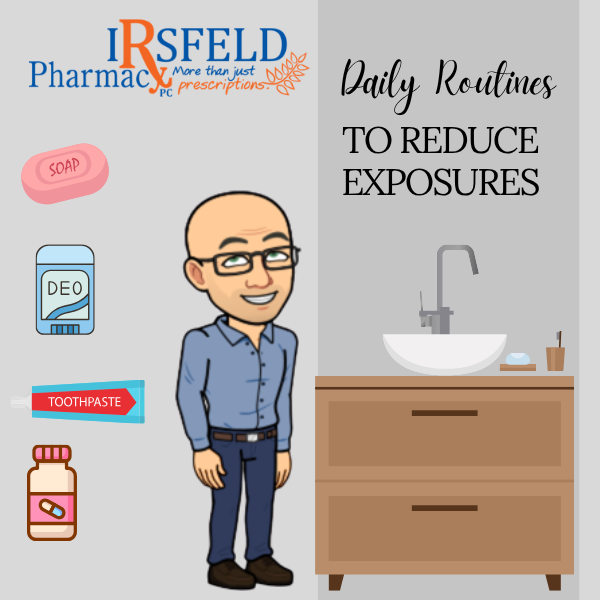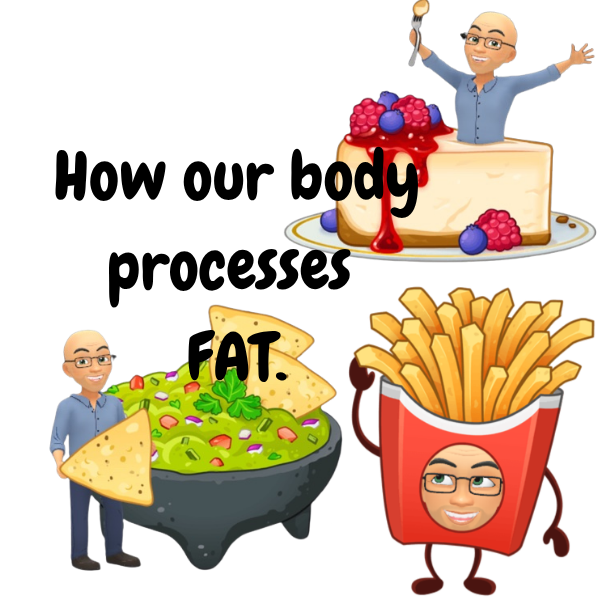Remember to read Toxins Part 1 from last week

In last week's article, we discussed the fact that we live in a toxic world, and each year, almost 4 billion pounds of chemical compounds are released into the environment. We also established how toxins can be detrimental to our systems. A growing body of literature suggests that there may be an association between toxin exposure and some chronic conditions, such as chronic fatigue syndrome, fibromyalgia, and atherosclerosis, along with many other chronic diseases and illnesses.
Occasionally, I will have a patient tell me they are doing a cleanse and want to know how that differs from a detox protocol.
The most common cleanse I see people doing is a juice cleanse, and this is mainly beneficial to cleaning out the intestinal tract. Juices can contain fiber, which is excellent for gut health, and can increase motility of the gut, so, in essence, cleaning out the intestinal tract. It is different from a detox protocol, as I will explain below. Cleanses can be good but know that they are designed to be specific for the GI tract.
Our bodies are excellent detoxifiers. However, some toxins can build up and be stored in our fat tissue. You may be asking yourself, why do toxins like fatty tissue? The reason is that most toxins are lipophilic or fat-loving molecules. The opposite of lipophilic is hydrophilic or water-loving molecules. In the chemical world, "like dissolves like," or in this case, oil would dissolve a lipophilic molecule.
Why is it important to know about lipophilic and hydrophilic molecules? The tissue in our bodies that makes up our cells is lipophilic, and the toxins that enter our systems are also lipophilic, meaning that they can quickly enter our cells.
This same concept is what is taken into consideration when drugs are formulated. Lipophilic drugs are easily absorbed into our systems and distributed throughout our bodies, while hydrophilic drugs are less absorbable.
As discussed in last week's article, the easiest way to lower our toxic burden is to avoid exposure to toxins. Decreased exposure equals fewer toxins that our bodies must deal with and try to eliminate from our systems. The most common toxins include industrial chemicals, combustion pollutants, pesticides and herbicides, endocrine disruptors like BPA, toxic metals, food additives, preservatives, and drugs.
The body's natural detoxification process occurs in three phases.
Phase I: Reaction
The first phase of metabolic detoxification happens when your body utilizes enzymes to turn toxins into free radicals. Free radicals commonly occur in our systems, and our bodies are designed to process them, but they are a problem when we have too many in our bodies. In this conversion process, toxins are transformed into water-soluble molecules that are easier for our bodies to get rid of via our kidneys and eventually removed in our urine.
Phase II: Neutralization
After phase I, some toxins can be more reactive and not easily removed via the kidneys. In Phase II, these toxins are attached to other water-soluble substances, making them easier to eliminate in the urine and bile. This process is called conjugation (connecting) and requires certain enzymes to make this happen.
Phase III: Transportation
Transporters ensure that the water-soluble compounds created in the first two phases are excreted from your cells. Before this occurs, Phase III neutralizes the compounds, binds them with dietary fiber in the gut, and is excreted in our feces.
That is a lot of science to start your day off, and I hope I didn't lose anyone in this process. Let me simplify the previous paragraphs. Toxins like fat, and our tissue cell walls are made from fat; toxins can readily enter our cells. The more fat we have on our frame, the more toxins can be stored in this tissue.
Detoxification is done by pulling toxins out of our tissue and making them water soluble in our liver through specific metabolic reactions. Once these toxins are water soluble, our bodies have an easier time eliminating them from our systems via our urine, sweat, and feces.
We could take the detoxification process further and ensure the elimination systems are also working optimally. Are you drinking enough water? Staying hydrated is essential to help with toxin elimination.
Do you have daily bowel movements? Detoxing for a constipated patient can make the person not feel very well. The toxins are removed in the gastrointestinal tract, and if a person is constipated, the toxins we are removing can be reabsorbed back into the system, and our bodies now reprocess those toxins along with the toxins we are removing from our fatty tissue. This can make the person have flu-like symptoms and, overall, feel poorly.
If you are a person who doesn't sweat or sweats very little, this may be a sign that you have a high toxin load and should consider doing a prescribed detox protocol. We have an excellent detox questionnaire that patients can take to evaluate their need for a detox, there is no cost to the questionnaire, and it provides some excellent information based off of your answers, that you can act on.
What ingredients comprise a quality detox product? Ideally you would want a formula that has select liver-supporting nutrients and cofactors, including taurine, N-acetylcysteine (NAC), methylsulfonylmethane (MSM), medium chain triglycerides (MCT), trimethylglycine (TMG), quercetin, curcumin, green tea extract, milk thistle extract, grape seed extract, and methyl folate to name a few. These ingredients have been shown to support healthy phase I and phase II detoxification in the liver.
You also want to have gut-friendly ingredients that support the GI tract and add plenty of fiber to help latch onto toxins for easy removal. Most detox products come in powder form that can be mixed with water to get all these ingredients. They are available in capsules for those who don't like the shake format; however, you will need to take many capsules to get an appropriate dose.
If you would like help with doing a detox protocol or simply taking the detox quiz, please get in touch with my pharmacy staff, as they would be more than willing to help you out at 701-483-4858. All my articles can be found online at our website, www.irsfeldpharmacy.com. My podcast, "The Irsfeld Pharmacy Optimal You Podcast," can also be accessed through the website.
Until next time, be vigilant about your health!!












Share On: